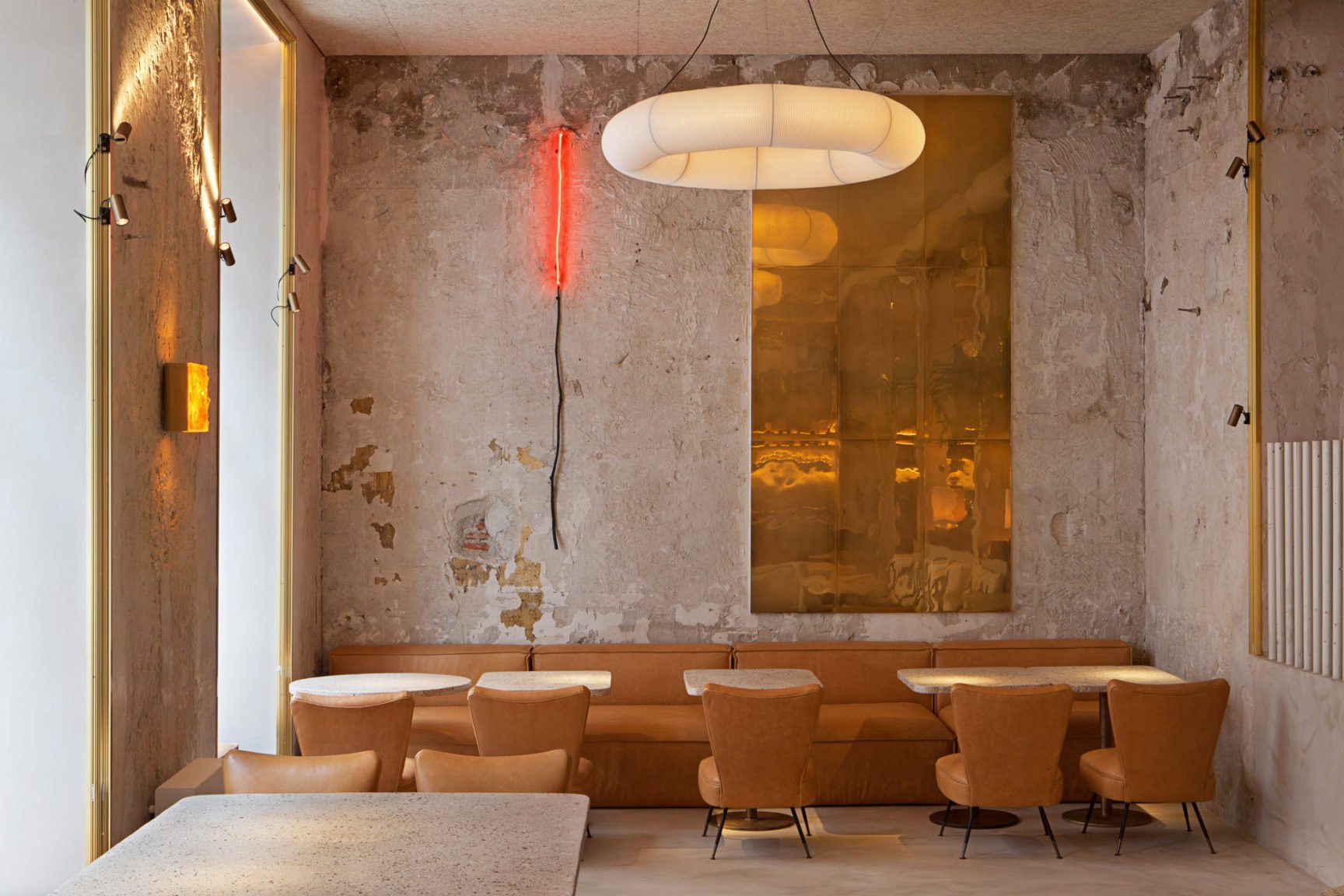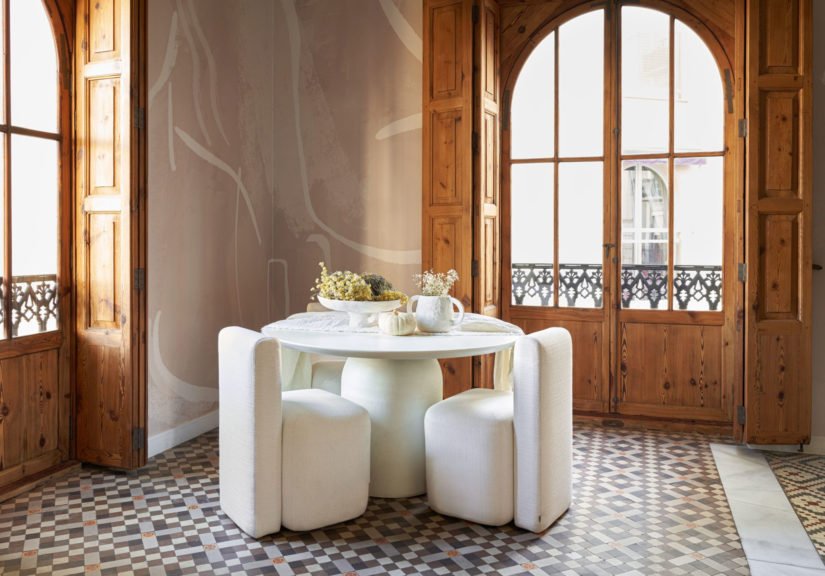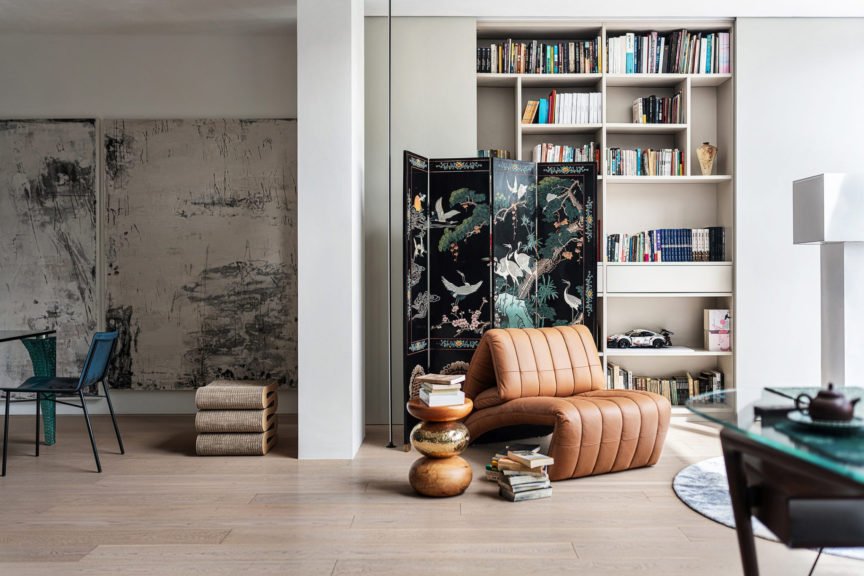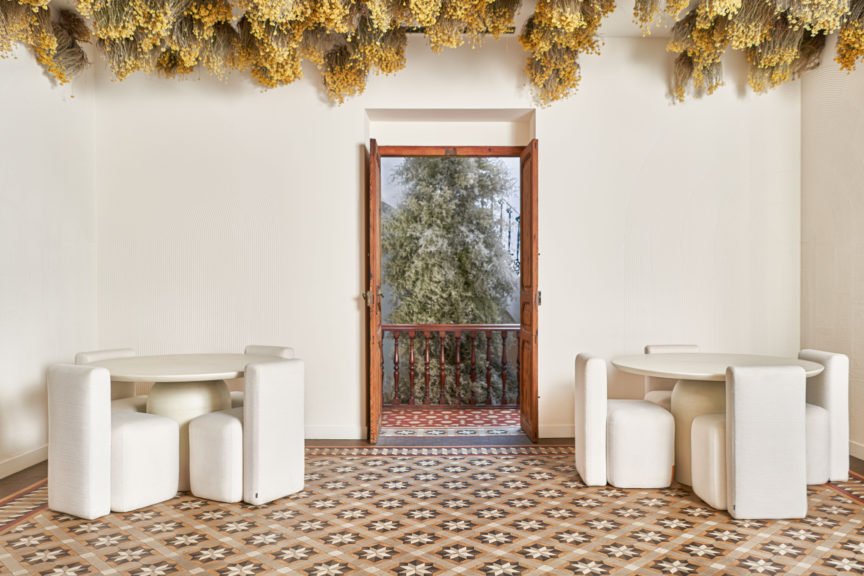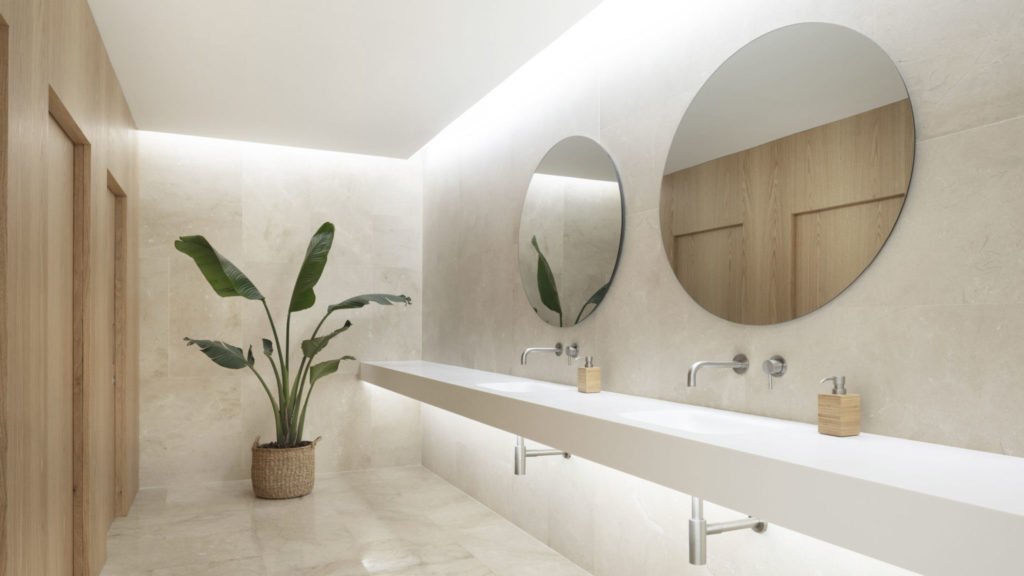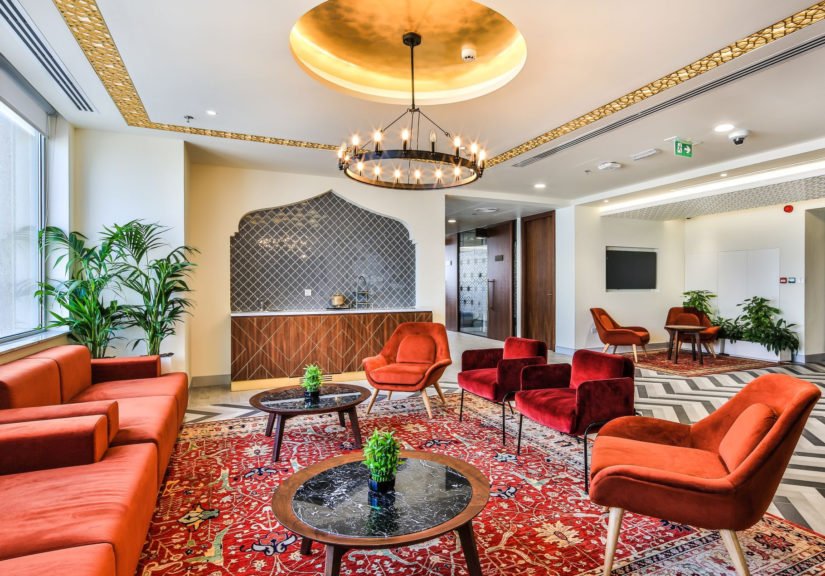Rustic interiors are raw, real, and rugged. There is an old-school vintage charm to them that is simply irresistible because at the heart of this interior design style lies the idea of appreciating natural beauty. So, whether it’s the worn out polish of a table or the classical look of a wardrobe, rustic interiors showcase design in their purest form.
What is the Rustic Interior Design Style?
Concurring with the thought of “beauty lies in imperfections’ ‘, the rustic interior design style is all about depicting truth to material and craftsmanship. It draws inspiration from the simplicity and warmth of nature, fostering the creation of humble earthy spaces. Rustic interiors are a popular choice for homes, offices, and hotels, where the desire to connect with nature and appreciate the beauty of the outdoors is central to the design philosophy. Under the umbrella of rustic design style are various other substyles like country style, farmhouse style, and coastal style.
History of Rustic Interiors: How it All Began?
The rustic interior design evolved as a way of living during the 19th century in the United States (then America). Settlers in the countryside harnessed their resourcefulness to create functional yet charming interiors within the earliest possible time frame. They incorporated purpose-driven elements like hand-hewn beams, wide-plank wooden floors, and stone fireplaces in their homes.
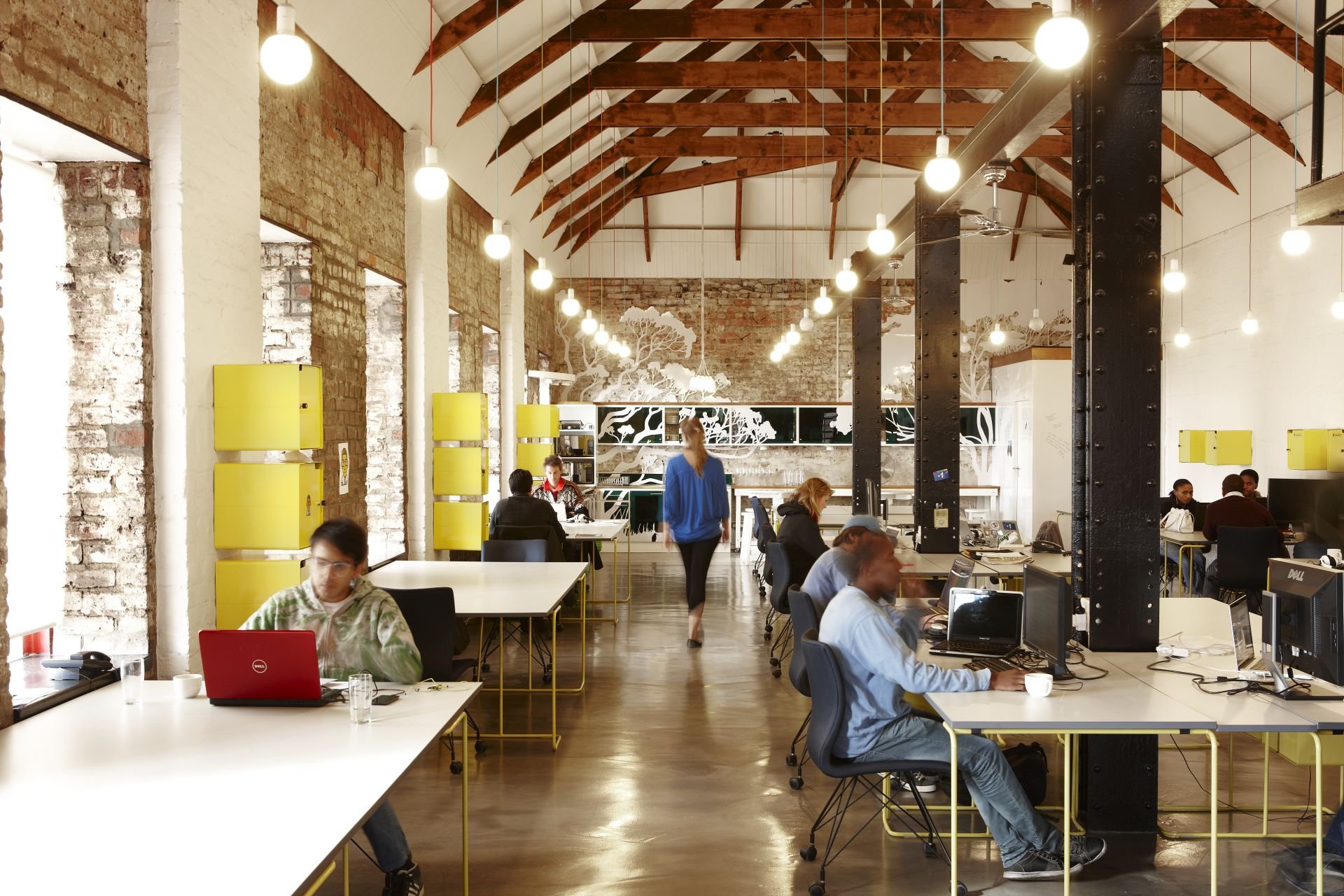
Google Umbono Tech Incubator, Cape Town by Haldane Martin; Photography credits: Micky Hoyle Photography
The mid-20th century witnessed the evolution of rustic design in the form of the “Rustic Modern” style. This style married the traditional rustic elements with a more organised and contemporary aesthetic. It became a popular choice for mountain cabins, lodges, and weekend getaways, capturing the essence of relaxation in the lap of nature.
Today, the rustic interior design style is no longer confined to countryside retreats but is being embraced in urban apartments and contemporary homes. With its belief in unfiltered raw beauty, rustic interiors have very much seeped into the philosophy of modern living.
Distinct Features of the Rustic Interior Design Style
Rustic interiors with their imperfect aesthetics, capture the hearts of homeowners and designers alike. Let’s delve into the key characteristics of this interior design style and understand what makes it so unique.
1. Natural Materials
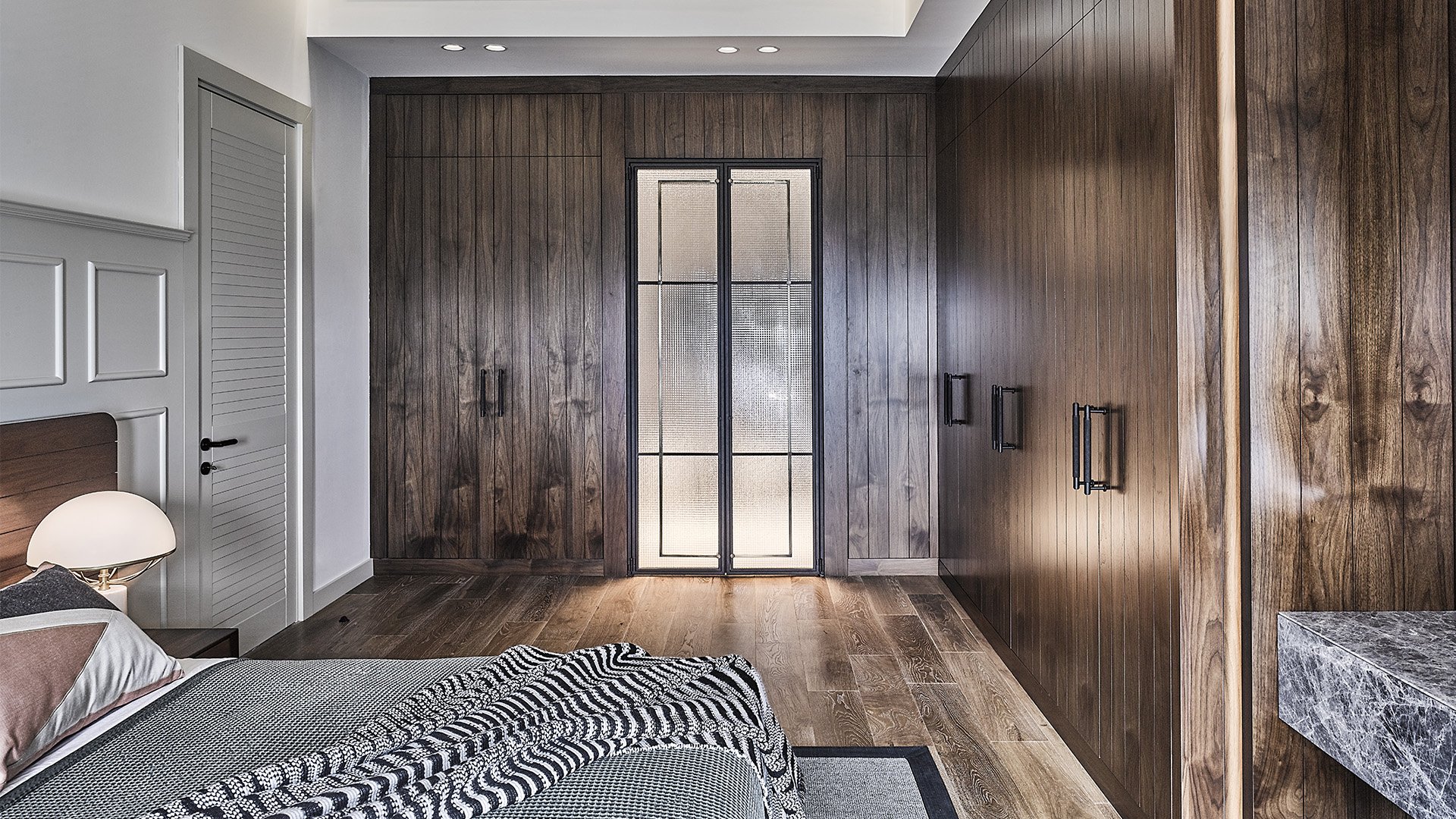
Nurol Life, Istanbul by Escape from Sofa; Photography Credits: Neon Sun Photography
The rustic interior design style is anchored in the use of natural materials, giving a warm and earthy feeling to the space, creating a genuine connection to the outdoors. Wood takes centre stage, with exposed wooden beams, hardwood floors, and wooden furniture being prominent elements. The wood used is often in its most unadulterated state, showcasing the beauty of natural grains and imperfections. Stone is another material that’s frequently featured, either in the form of fireplaces, accent walls, or rustic stone floors.
2. Earthy Colour Palette
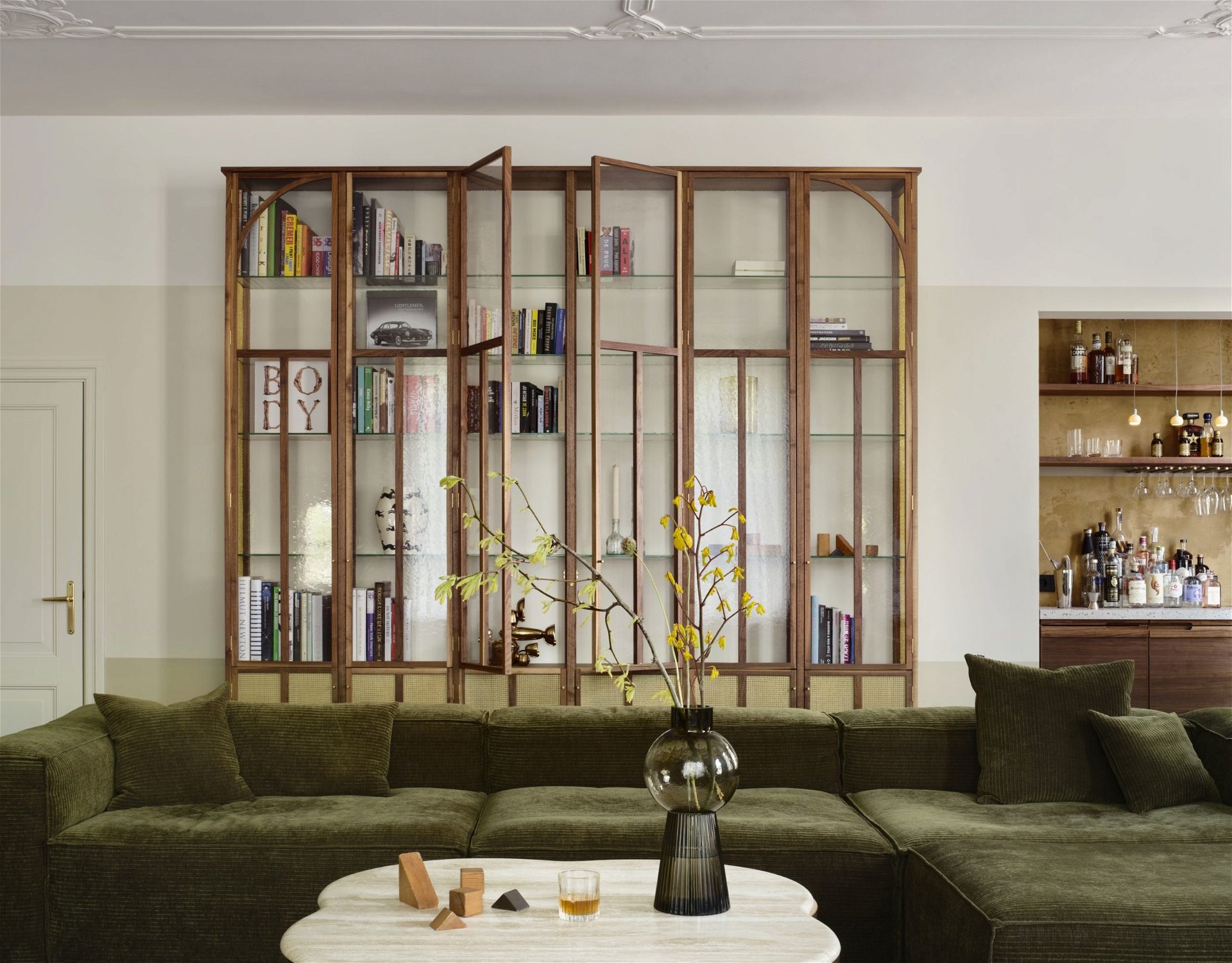
Dijkhuis Home, Amsterdam by Studio Modijefsky; Photography Credits: Maarten Willemstein
The colours used in rustic interiors are derived from the hues of the natural environment. Vibrant earthy tones dominate the decor. Deep browns evoke the colour of tree bark, while warm reds and terracotta represent the warmth of the earth. Forest greens mimic the colours of the woods, creating a tranquil atmosphere. These colours are often complemented with neutral shades like beige and off-white to allow the primary colour palette to shine.
3. Cosy Textures
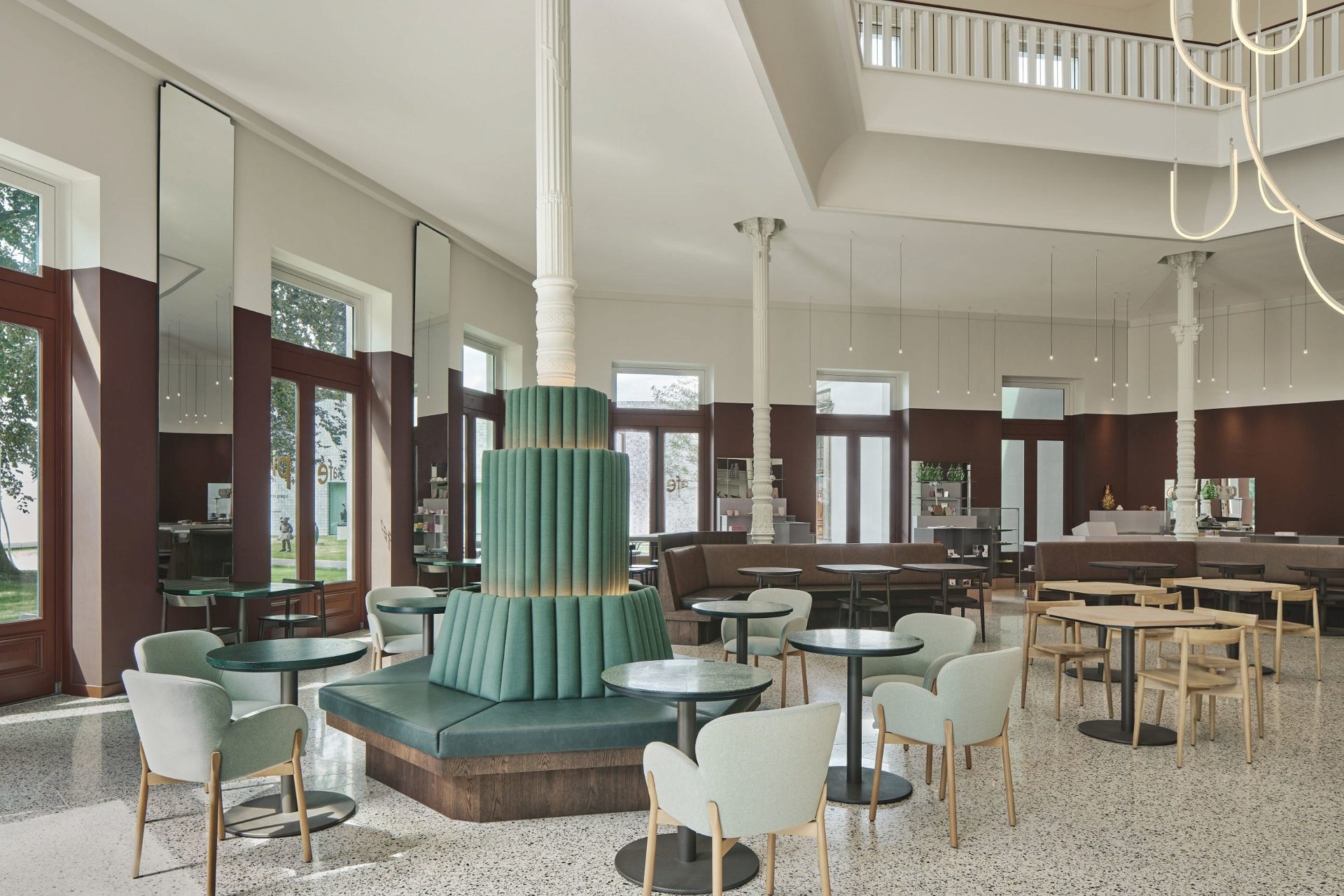
Museum Arnhem, Netherlands by Benthem Crouwel Architect & Studio Modijefsky; Photography Credits: Maarten Willemstein
Texture is a key player in rustic interior design. Soft and cosy textures, such as wool, cotton, and linen, are commonly found in upholstery, throw pillows, and blankets. These textures create an inviting and comfortable atmosphere. In contrast, rough textures like exposed wood beams, stone walls, and distressed furniture add depth and character to the space. Such interplay of comforting and rough textures contributes to the tactile richness of the design.
4. Vintage Decor Items
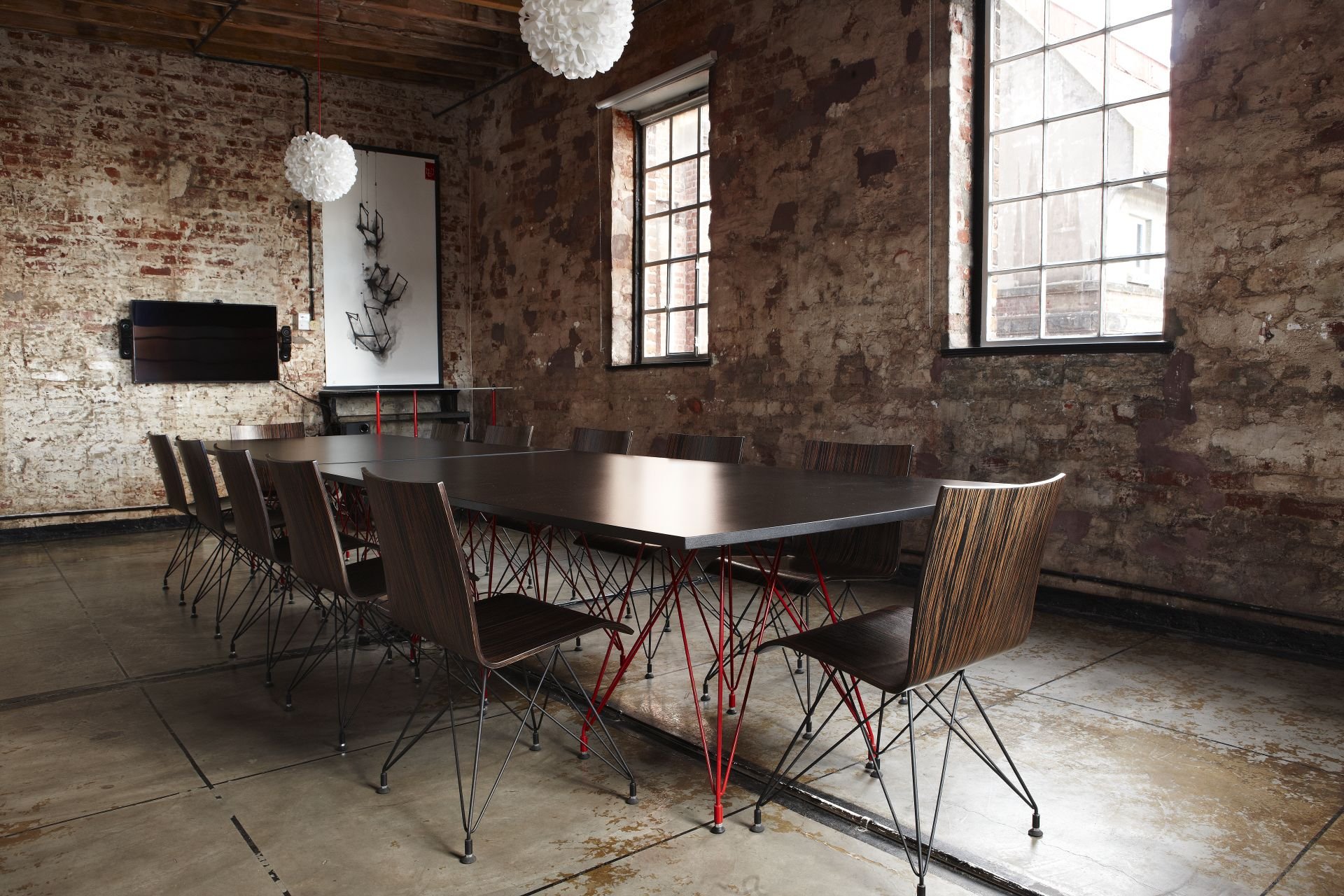
Google Umbono Tech Incubator, Cape Town by Haldane Martin; Photography credits: Micky Hoyle Photography
Rustic interiors incorporate bespoke handcrafted furniture and decor products, often crafted by skilled artisans. These pieces can range from custom-built wooden tables to hand-forged iron fixtures. Additionally, rustic interiors also feature vintage heirlooms and antique items such as aged leather armchairs, distressed wooden dressers. These pieces tell a story and add a sense of nostalgia to the space.
5. Ample Natural Light

Ostería del Becco Restaurant, Mexico by Sama Arquitectos; Photography credits: Jaime Navarro
Rustic interiors feature large windows and open floor plans to maximise the entry of daylight. The intent here is not just function-driven but also symbolic, as it’s a way of bringing the outdoors in. The abundant natural light brightens the space, accentuating the warmth of the earthy colours and showcasing the textures of the natural materials. It creates a sense of connection with the environment, blending the outdoors with the indoors.
Cues: How to Achieve a Rustic Aesthetic for Your Home?
Designing your home in the rustic interior design style is all about creating a warm, inviting, and comfortable living space. Mentioned below are some ideas that you can use to incorporate the rustic style in your home.
1. Open Floor Plan
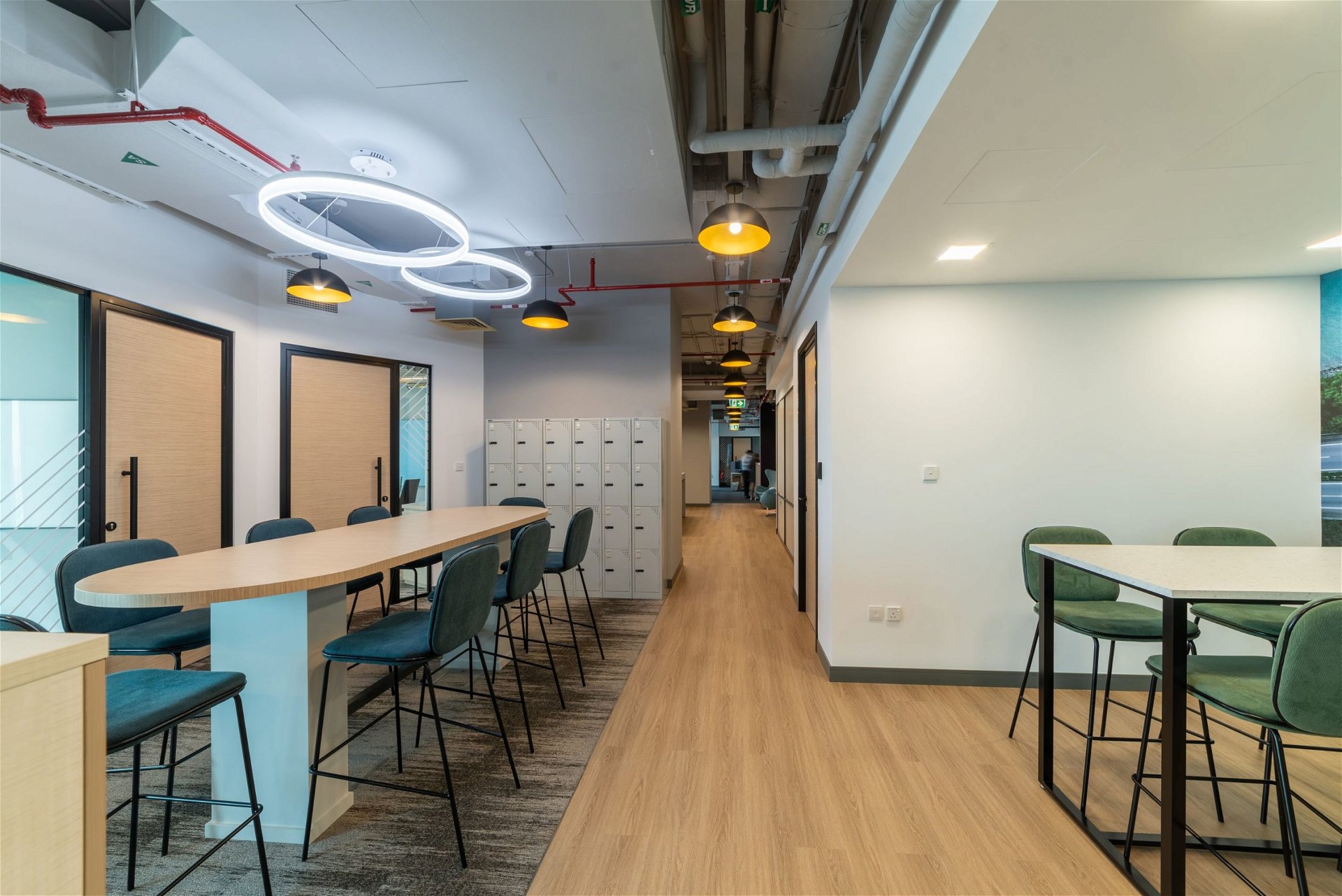
An open floor plan is a hallmark of rustic interior design since it emphasises the idea of spaciousness and connectivity making indoors more functional. It allows the kitchen, dining area, and living room to seamlessly flow together. This layout encourages a sense of togetherness and is ideal for those who enjoy entertaining. To achieve this, consider minimising the use of walls and using furniture or decorative elements to define different areas of the open space.
2. Exposed Structural Members
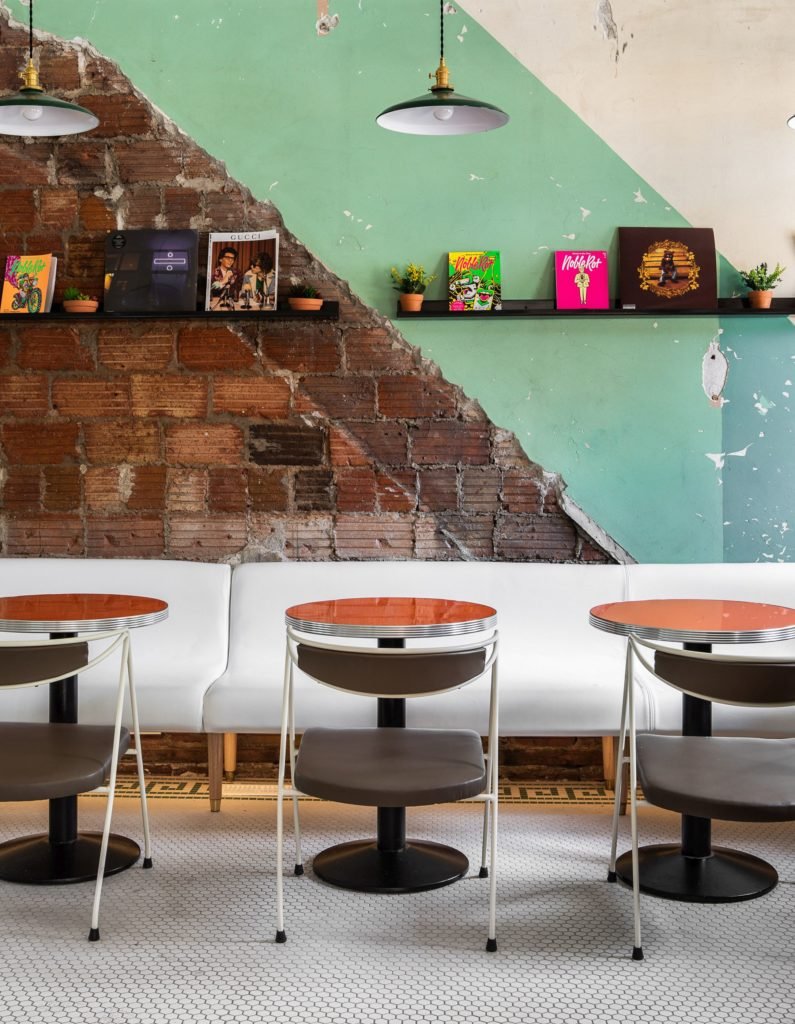
Exposed structural elements such as wooden beams, stone walls, or brick accents are essential in rustic design. These elements add character and create a sense of history within the space. Exposed wooden beams, for example, can bring warmth and a touch of rustic elegance to your home. When you maintain the natural texture and colour of these structural members, it enhances the authenticity of the rustic design.
3. Invite Nature Indoors
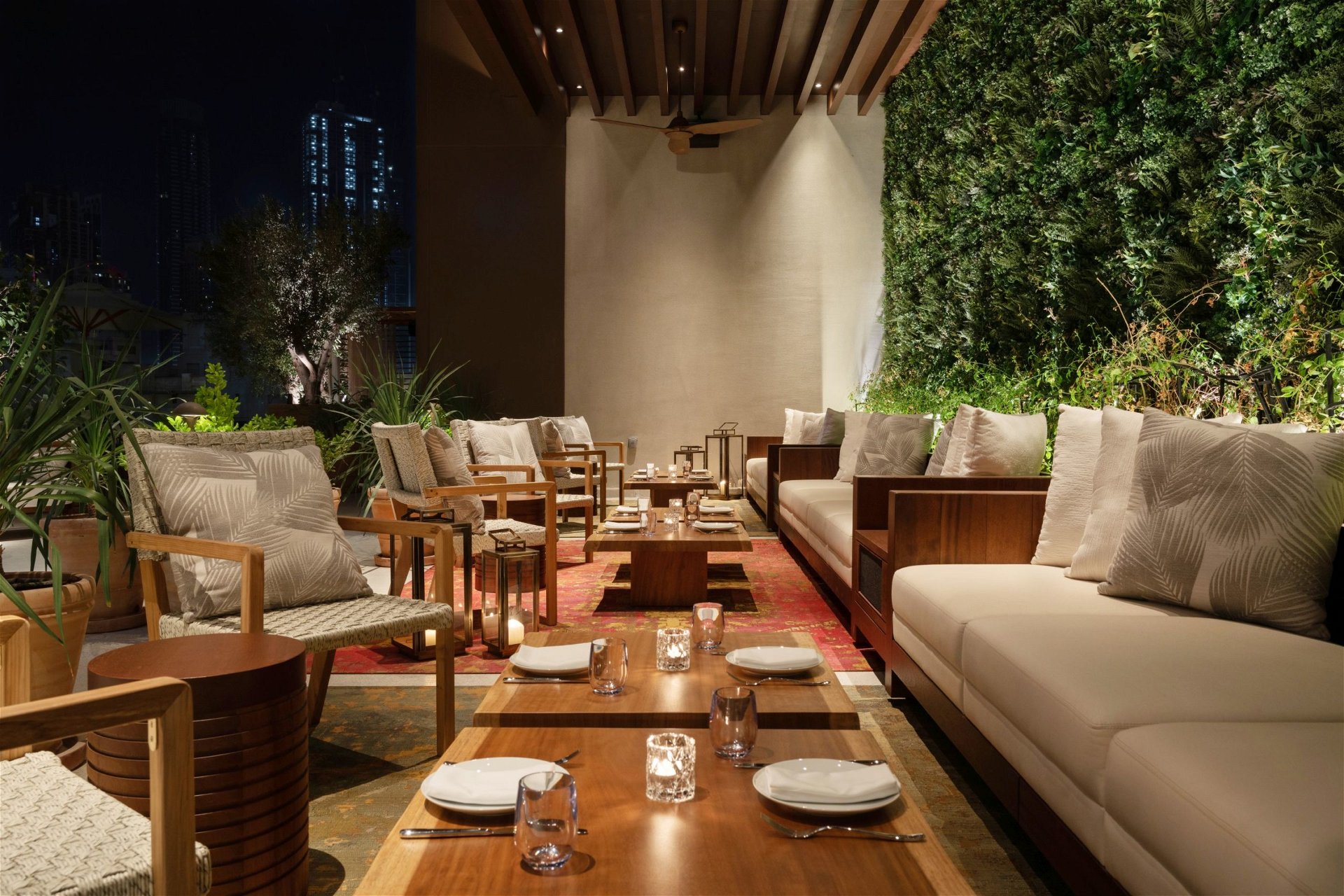
Thia Skylounge, The Dubai Edition by LW Design; Photography by Natelee Cocks Photography
Biophilia is the innate human connection to nature, and it’s a crucial component of rustic interior design. To incorporate nature into your home, emphasise the use of natural materials and textures, as well as bringing elements of the outdoors inside. This can be achieved through the addition of houseplants, large windows that provide natural light and scenic views, or even features like indoor waterfalls or fountains.
4. Natural Materials and Textures
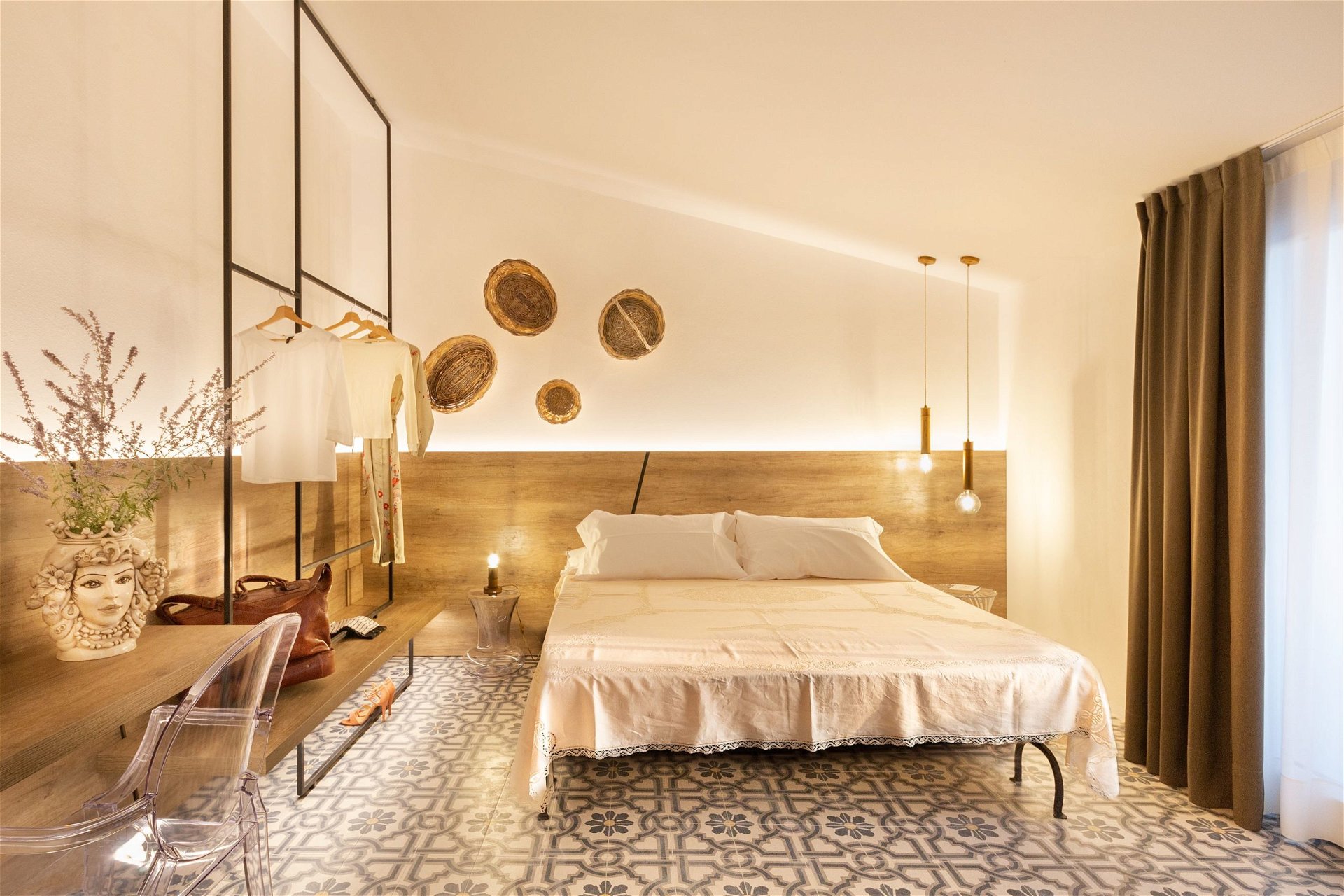
Filinona B&B Hotel, Italy by Salvatore Spataro Architect; Photographs by Samuele Castiglione
Rustic design celebrates natural materials and textures such as wood, stone, metal, and leather. Consider using reclaimed or distressed wood for furniture and flooring. Stone accents, like a fireplace or textured walls, can introduce an earthy feel. Leather and cosy textiles like wool and fur are perfect for creating a warm and inviting atmosphere.
5. Antique Pieces
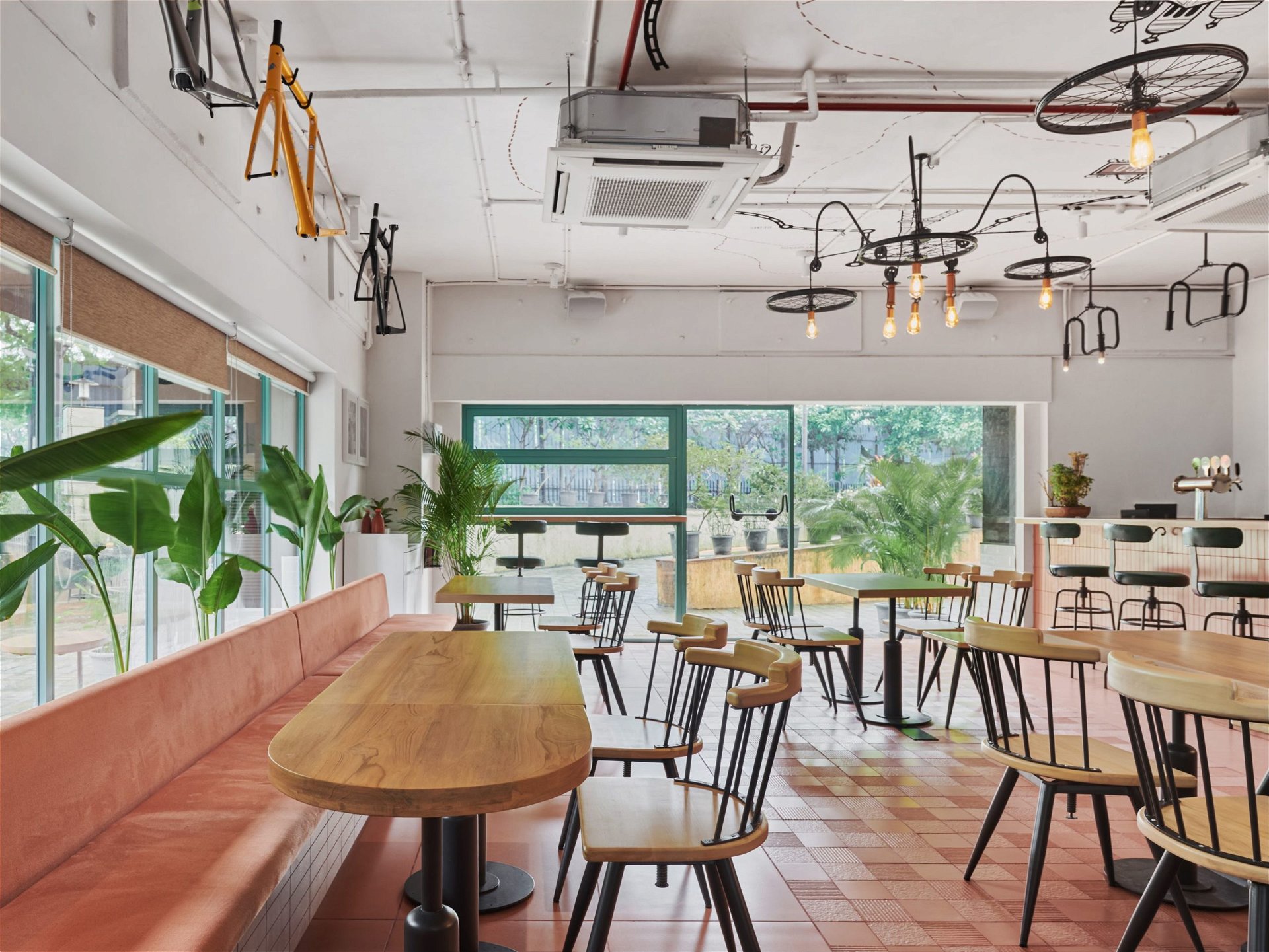
Mastermind Bicycle Cafe, Mumbai by Purple Backyard; Photographs by Suleiman Merchant
Embrace the charm of repurposed furniture to enhance the rustic ambiance. Hunt for unique pieces with character, such as old wooden dressers, antique tables, and worn-in leather sofas. These items not only add history to your home but also contribute to the feeling of a country retreat. Mixing and matching various repurposed pieces allows you to create a collected and lived-in look that’s true to rustic design.
Rustic Interiors: Appreciating Unadulterated Aesthetics
The rustic interior design style evokes a sense of comfort and warmth that is perfect for homes. They allow you to personalise your space with heirlooms and other personal belongings, serving as a canvas for self-expression. Embracing rustic interiors is more than just a design choice; it’s an invitation to slow down, connect with nature, and savour the genuine and enduring beauty of imperfection.

